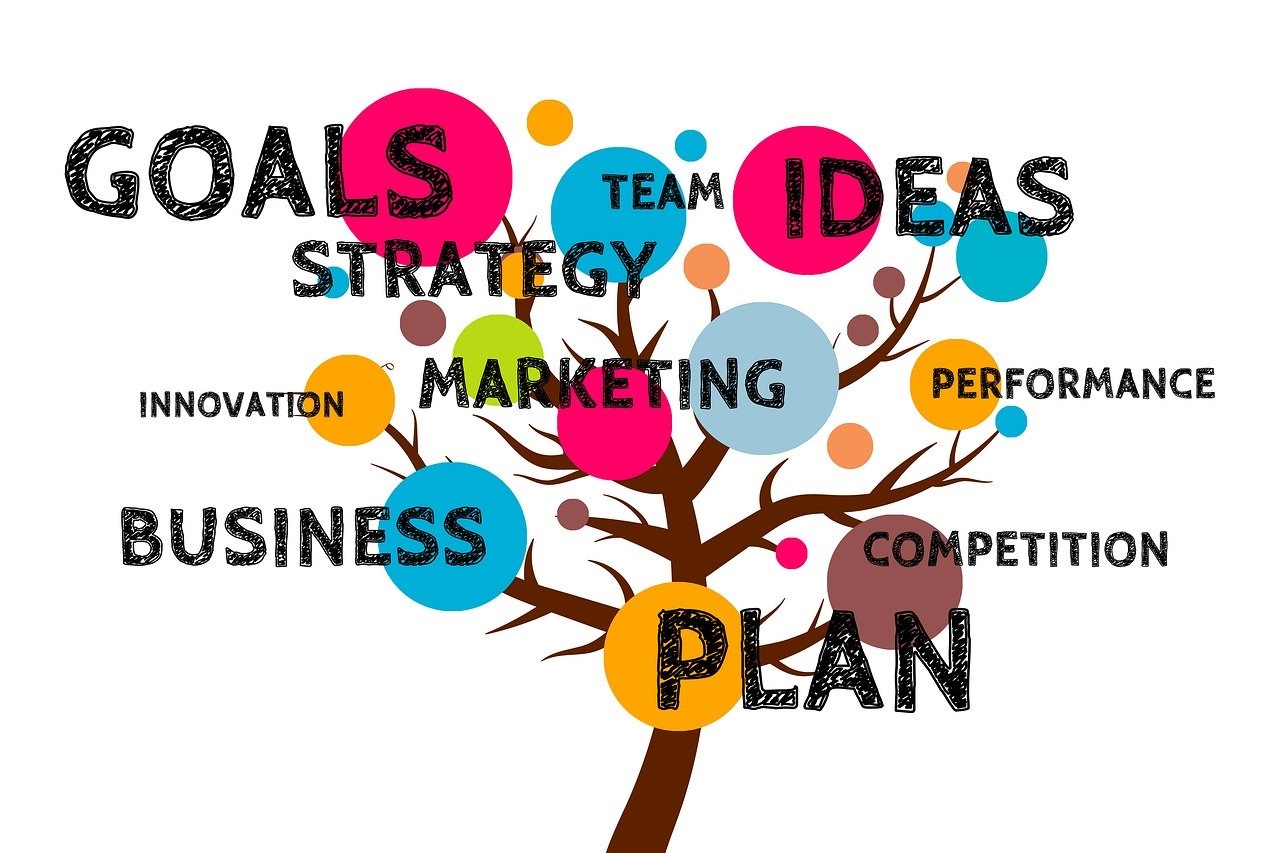
As we continue identifying competencies needed for effective business planning, it’s important to highlight the importance of planning itself. A solid, well-developed plan enables you to meet your annual goals or objectives. As the saying goes: a goal without a plan is just a wish.
As previously mentioned in my most recent BLOG, planning, critical and analytical thinking are essential skills to prepare you for high performance in 2021. Annual planning, done correctly takes time. For example, you may have a brainstorming session with your team. As a result, you end up with several ideas that have potential to grow the business. Vetting the ideas, creating goal statements, determining tactics and who is responsible for what takes discipline and persistence.
Why you need a plan
Consider this, when you plan to visit a city you’ve never been before, you’d plan your route! Why? Because without one, you might not find your destination. Without a plan, the route you take probably won’t be optimal and the overall experience stressful. This same idea applies in business. Implementing strategic changes without a plan can create confusion and disorganization for leaders and employees, resulting in confusion and potential morale problems. Without a solid, well-developed, plan it’s very possible that the changes for the greater good of the business might not materialize.
Characteristics of a good plan are:
-
Clearly defined objectives- A broad goal such as “cost reduction” is not useful. You need to include more specificity like, “reduce operating costs by 8% in HR, Marketing and Finance”.
-
Simple- Can it be comprehended by all employees and easily acted upon?
-
Measurable- Use metrics to measure achievement of your goals. You can also use these metrics to analyze improvement over the previous method or time period..
-
Flexible- If future events don’t unfold as anticipated, make sure your plan can be adapted based on the current constraints.
-
Time-Bound- Know whether your desired goal is to be achieved in the long-term (by the end of the year) or short-term (within 5 months). Set milestone dates to enable completion of your goals. .
-
Comprehensive- Use the Congruence Model to discover what effect your plan will have on other aspects of the business before implementation. If necessary, make adjustments to mitigate negative effects.
Analytical and Critical Thinking Skills
Although there is some overlap in definition, analytical and critical thinking are not the same! You use analytical thinking to break problems down into manageable bits. Afterwards, it’s possible to draw conclusions based on identified trends, patterns, and cause and effect. Critical thinking uses rationale and reasoning to draw conclusions. It’s a holistic approach that allows you to combine pre-existing and newly acquired knowledge to make a sound judgement. When you have solid analytics, you’ll be able to paint a clear picture of “done” and in turn use critical thinking to make a good business decision as part of the planning process.
In practice, analytical and critical thinking are not mutually exclusive. In fact, they’re seamlessly intertwined in our thought processes. However, there can be times when we must use only one, so it’s worth noting specific ways in how each can be used:
Analytical
-
To focus on facts/evidence
-
Analyze data, systems, and trends
-
Break down information into smaller or simpler bits
-
To produce a judgment based on logical coherent thinking
Critical Thinking
-
To determine whether obtained information is enough
-
Check for bias and assumptions
-
Weigh opinion against logical data
-
To make inferences/fill in gaps in information
Analytical and Critical Thinking in Action
Let’s say your goal for the upcoming year is to increase profitability and market share. To begin, use analytical thinking. You should have a deep understanding of the internal and external factors that affect these two areas for growth. Take into consideration things such as customer base (current and future), competitors, suppliers, industry trends, and human resources. This should allow you to identify your strengths, weaknesses, and areas where making changes will help you meet your goals. Follow that up with critical thinking. It will help you perfect the results of brainstorming sessions and use tools like risk and impact analyses properly. Finally, after ensuring your ideas are congruent with your company’s vision, mission, and values, you can decide the best way to proceed.
Developing a comprehensive plan can be challenging. One of the keys to successful business planning is good decision-making using analytical and critical thinking skills. If you’re interested in improving the quality of these skills in your business, contact me
